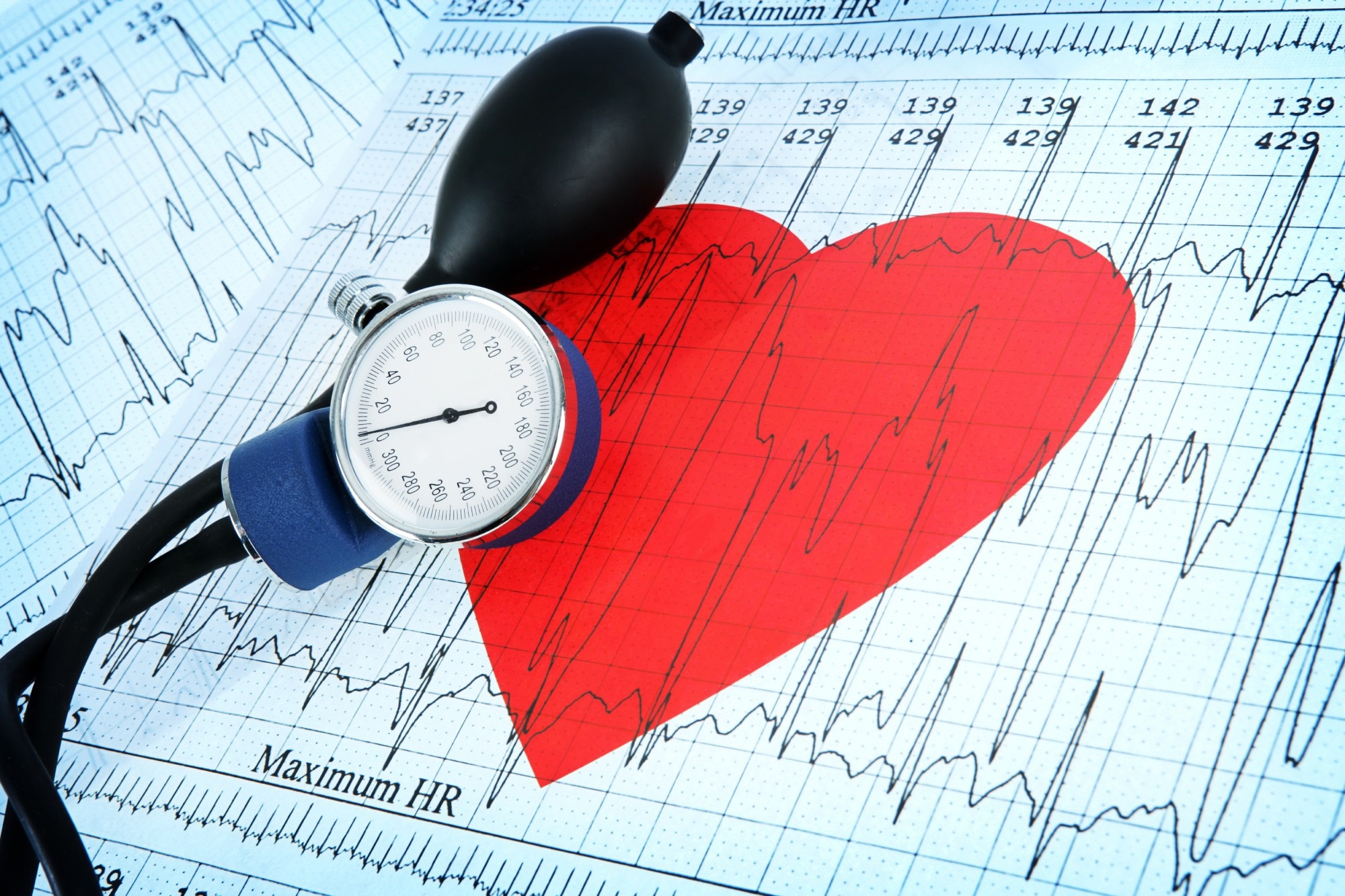In a recent article published in natures Scientific Reports Journal, researchers developed a prototype of an ultra-low-cost blood pressure (BP) monitoring system called BPClip that did not require per-user calibration.
It utilized a three-dimensional (3D)-printed plastic clip with a spring-loaded mechanism to enable a smartphone with a camera and flashlight emitting diode (LED) to measure BP.
 Study: Ultra-low-cost mechanical smartphone attachment for no-calibration blood pressure measurement. Image Credit: Rinelle/Shutterstock.com
Study: Ultra-low-cost mechanical smartphone attachment for no-calibration blood pressure measurement. Image Credit: Rinelle/Shutterstock.com
Background
Health monitoring through measurements of vitals, such as BP, should be accessible to everyone and at affordable prices without reliance on existing clinical infrastructure.
BPClip performance, as assessed in a feasibility study
They performed an early feasibility study to demonstrate the potential measurement capability of the BPClip system, a low-cost blood pressure monitoring concept, among 29 study participants recruited from UC San Diego’s main campus and Medical Center.
The team used preprocessed data comprising a 20-point oscillogram of force vs. blood volume measurements to estimate mean and systolic BP (SBP), followed by diastolic BP (DBP) estimation.
To estimate systolic and mean BP, they used the 18 oscillogram points as the input into a Least Absolute Shrinkage and Selection Operator (LASSO) Regression. Likewise, they used a linear regression model to estimate DBP.
The validation study involved training the BP prediction models on 22 subjects and then predicting the BP for the two unseen participants. The team repeated this process 12 times, so each participant was in the holdout set once.
Working principle of BPClip
Pressing upon the plastic clip of this device with force compresses the spring-loaded mechanism, which moves a pinhole projection closer to the smartphone camera. This, in turn, captures the pinhole size and the fluctuating brightness of the pinhole projection to measure BP.
A smartphone Android application provides visual feedback to the user so that they hold their finger at increasing pre-specified forces. Then, it monitored the brightness and size of the projection to extract the pulse volume.
According to the authors, BPClip’s clip device is a universal smartphone attachment compatible with all smartphones featuring a low-resolution camera and a light source. It works on the scientific principle of oscillometry (also utilized by traditional cuff-based BP monitors), which measures arterial pulse amplitude, an indicator of BP, as a function of applied pressure at the fingertip.
The current prototype had a clip with dimensions of 5.1×4.1×2.3 cm, which could be clamped onto the smartphone using a 3D-printed screw.
BPClip accounted for the distance between the flashlight and the camera and used a bend in the light guide to bring the flashlight to the finger from various lengths using an optical power meter.
It helped the researchers characterize the amount of light energy lost when light traveled through the light guide painted with chrome paint. It worked for most phones with a flashlight-to-camera distance of up to 16 mm.
However, future designs would have to capture enough light from the screen to illuminate the finger of all skin tones.
Further, the feasibility study demonstrated that the measurement made at the finger correlated with that measured at the brachial artery using an automated cuff.
Since finger callus and other finger conditions could lead to changes to the finger skin surface mechanics distorting the force applied by the device to the finger artery, which could distort BBClip measurement results.
Therefore, future studies should incorporate varying finger conditions, deformities, size variations, etc., to fully characterize how these variations affect BP measurement.
Furthermore, a future design should consider using a higher stiffness spring to allow for the same range of force application with less compression, resulting in more accessible force application and facilitating BPClip use for some older adults with a weakened grip or hand tremors.
Cost, accuracy & usability
The researchers also performed a cost projection study to show that BPClip would cost much lower than the currently used cuff-based monitors. BPClip relied on a spring for force induction and an optical design to couple with the smartphone.
The cost of material for each of the four proposed BPClip system components totaled US $0.80 in small-batch manufacturing, substantially less than any conventional BP monitor. BPClip accuracy attained a mean absolute error (MAE) of 8.7 ± 10.0 and 5.5 ± 7.0 mmHg for SBP and DBP among 24 study participants.
In the usability study, the team measured the time to complete one measurement in two trials. In the first and second trials, participants took 251 ± 127 s and 212 ± 45 s to complete their BP measurements.
When a user completed all 20 levels without repeating, the minimum possible time to complete a BP measurement was 140 s, i.e., seven s per level.
Conclusion
The proposed solution in this study could convert billions of smartphone cameras into BP monitors with an ultra-low-cost plastic clip attachment. It could make vitals monitoring accessible to all.
Also, during public health programs, policymakers could distribute this device at a mass scale to enable additional quantitative measurement of BP.
It would complement telehealth services that provide virtual consultation to lower the cost of health services.
